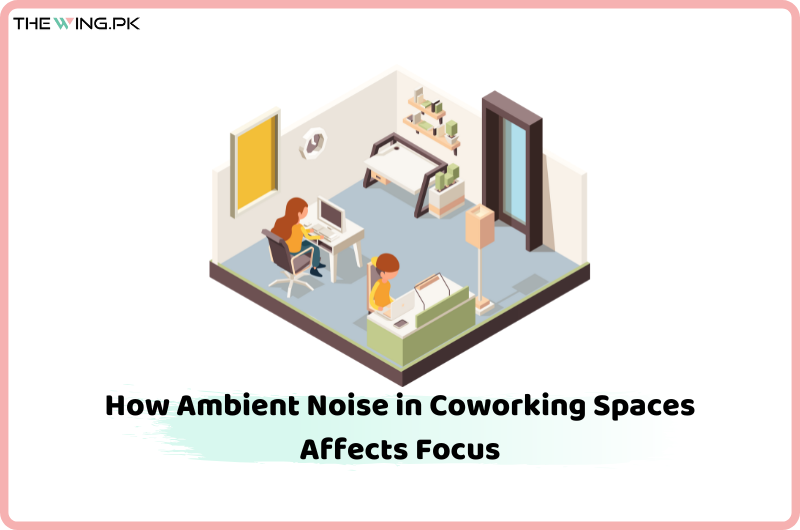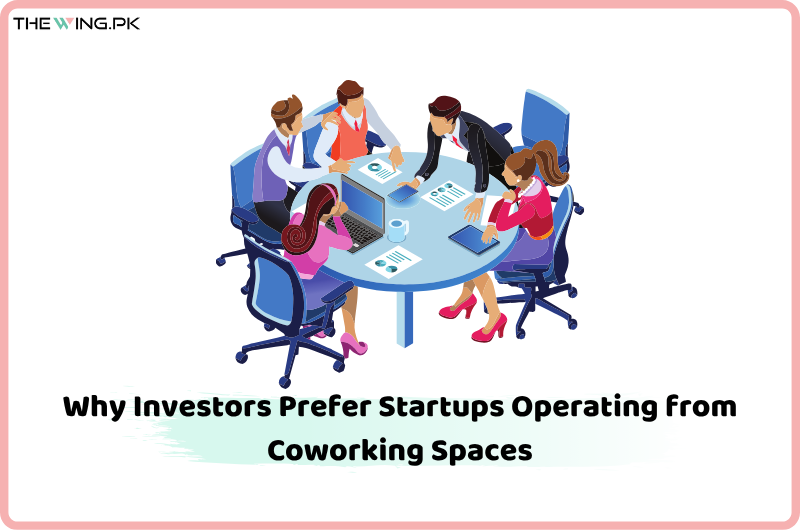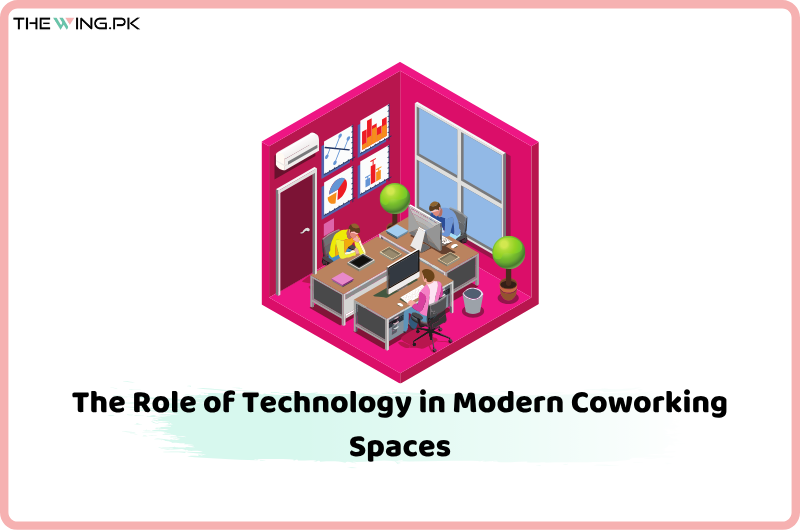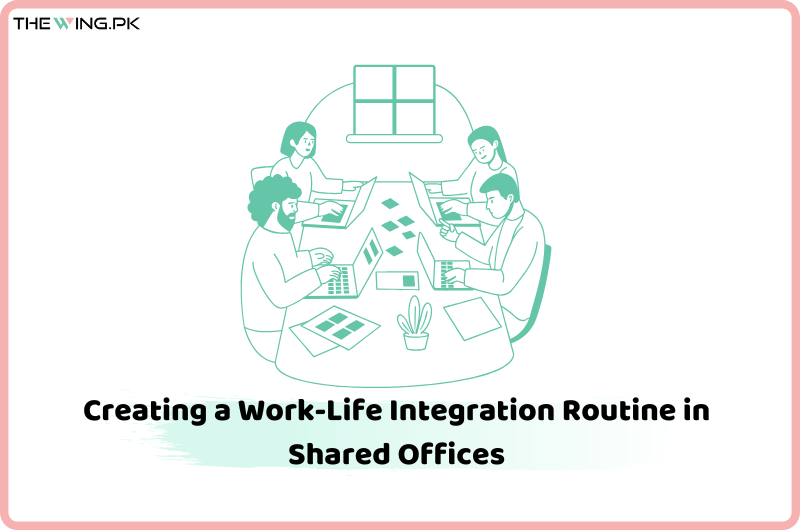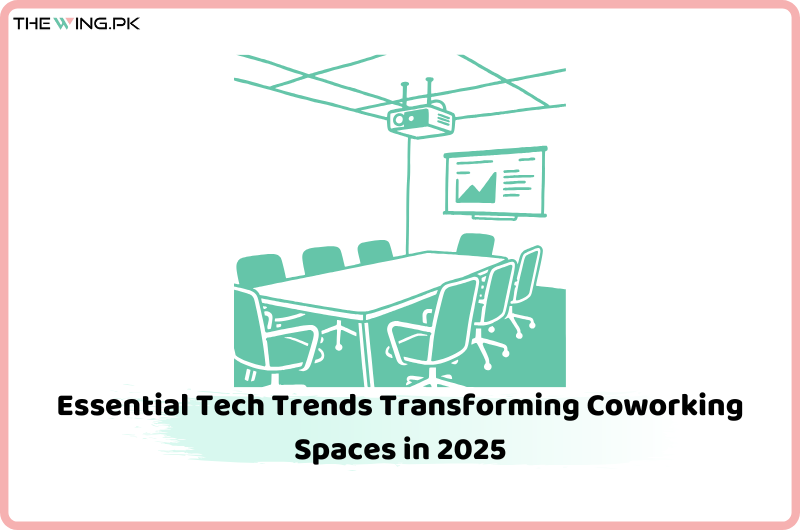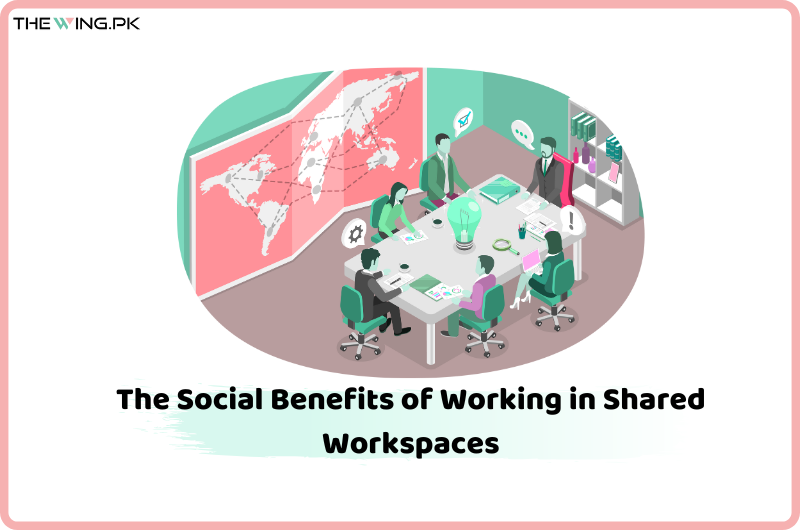How Ambient Noise in Coworking Spaces Affects Focus
In the ever-evolving world of flexible work environments, coworking spaces have become the cornerstone of modern professional life. These shared environments embody creativity, collaboration, and freedom qualities that have revolutionized how people perceive productivity. Yet, amid the vibrant energy and open layouts lies a subtle, often underestimated influence: how ambient noise in coworking spaces affects focus. Every sound, from the gentle tapping of keyboards to low conversations drifting across the room, contributes to an acoustic atmosphere that can either enhance or hinder concentration. Understanding this phenomenon is vital for anyone navigating shared work environments. This article delves into the scientific, psychological, and practical aspects of how ambient noise in coworking spaces affects focus. It explores why some sounds stimulate creativity while others sabotage attention, and how both individuals and coworking operators like TheWing.pk can harness acoustics to create balanced, productive environments. Click here to learn about the best coworking space in Islamabad! The Evolution of Coworking and Its Soundscape The coworking movement reshaped how professionals engage with their work. Open layouts replaced cubicles, fostering connection and spontaneity. However, openness also invited a diversity of sounds typing, chatter, coffee machines, and footsteps that continuously shape workers’ experiences. In these modern hubs, how ambient noise in coworking spaces affects focus has become one of the most discussed productivity topics. For some, the murmur of activity creates motivation and connection. For others, it’s an obstacle to deep concentration. The reason lies in the balance between silence and sound. Complete quietness may feel isolating, while excessive noise disrupts mental flow. The most effective coworking environments exist somewhere in the middle offering a controlled, rhythmic background hum that stimulates thought without overwhelming it. The Science Behind Noise and Cognitive Performance Scientific research has shed remarkable light on how ambient noise in coworking spaces affects focus. Human cognition relies heavily on selective attention the ability to filter relevant signals from irrelevant stimuli. Studies in neuroscience show that moderate background noise (around 70 decibels) enhances creative performance by inducing a mild cognitive challenge. This state, often referred to as “creative interference,” nudges the brain to think abstractly and form novel connections. A landmark study published in the Journal of Consumer Research discovered that moderate ambient sound boosts creative ideation, while both very quiet and very loud environments impair it. In essence, moderate noise helps engage the mind without overloading it. However, when noise becomes erratic such as loud laughter or frequent interruptions it forces the brain to reset focus repeatedly, draining cognitive energy. Thus, how ambient noise in coworking spaces affects focus depends not only on volume but also on predictability, duration, and the nature of the sounds themselves. When Sound Becomes a Stimulus or a Saboteur The paradox of noise is that it can simultaneously enhance and undermine performance. Whether it serves as a stimulant or a saboteur depends on the type of work and individual personality. Tasks requiring analytical precision, like coding, data analysis, or legal writing, demand intense concentration. In such cases, unpredictable sounds can break cognitive flow, causing frustration and errors. Creative work, however, such as design, content writing, or ideation often benefits from a mild level of distraction. Moderate noise can push the brain to explore unconventional thought pathways, generating originality. Therefore, understanding how ambient noise in coworking spaces affects focus requires acknowledging that no single sound environment suits everyone. Flexibility and choice remain key. Psychological Reactions to Noise in Shared Workspaces Psychological factors deeply shape how individuals perceive and react to sound. Personality traits, mental state, and sense of control all influence whether noise feels motivating or disruptive. Introverts, who are more sensitive to external stimuli, may find even gentle background chatter draining. Extroverts, conversely, thrive in lively atmospheres that mirror their social energy. Control is another critical factor. When people feel empowered to choose their environment, perhaps by moving to a quiet area or using headphones the negative effects of noise diminish. However, if they feel trapped in an uncontrollable soundscape, stress levels rise and productivity suffers. To mitigate this, coworking providers like TheWing.pk emphasize flexible zoning, ensuring members can shift between collaborative and quiet spaces as needed. This autonomy transforms the experience of how ambient noise in coworking spaces affects focus from frustration to empowerment. Acoustic Design: The Unsung Hero of Productivity Architectural acoustics play a crucial role in defining how a coworking space sounds and how it feels. The goal isn’t absolute silence but controlled resonance that aligns with human cognitive rhythms. Smart acoustic design uses multiple strategies to manage how ambient noise in coworking spaces affects focus, including: Sound-absorbing materials like carpets, curtains, and acoustic panels that reduce echo. Spatial zoning, dividing areas for focused work, collaboration, and relaxation. Furniture placement that blocks direct sound transmission. White noise systems that mask erratic sounds with consistent background audio. At TheWing.pk, acoustic planning is treated as a core design principle rather than an afterthought. By balancing aesthetics with auditory comfort, the brand creates spaces that support both interaction and concentration seamlessly. The Cost of Distraction Even brief auditory interruptions can carry heavy cognitive costs. Research suggests it takes an average of 23 minutes to regain full focus after a disruption. Multiply that by multiple interruptions daily, and the productivity loss becomes staggering. Noise-induced distraction doesn’t just reduce output it affects emotional health. Constant interruptions elevate stress hormones, deplete mental stamina, and contribute to burnout. Recognizing how ambient noise in coworking spaces affects focus is thus not merely a matter of comfort it’s a business imperative. Companies and freelancers alike stand to benefit from acoustic awareness, as reduced distraction correlates directly with improved efficiency and employee satisfaction. Human Adaptability and Coping Mechanisms Humans are remarkably adaptable. Over time, many people learn to tune out certain sounds. This process, known as habituation, allows the brain to ignore predictable noise. However, habituation doesn’t work for everyone or every sound. To cope, individuals often develop strategies such as: Using noise-cancelling headphones to create artificial silence. Playing ambient or instrumental music to establish consistency.
How Ambient Noise in Coworking Spaces Affects Focus Read More »

